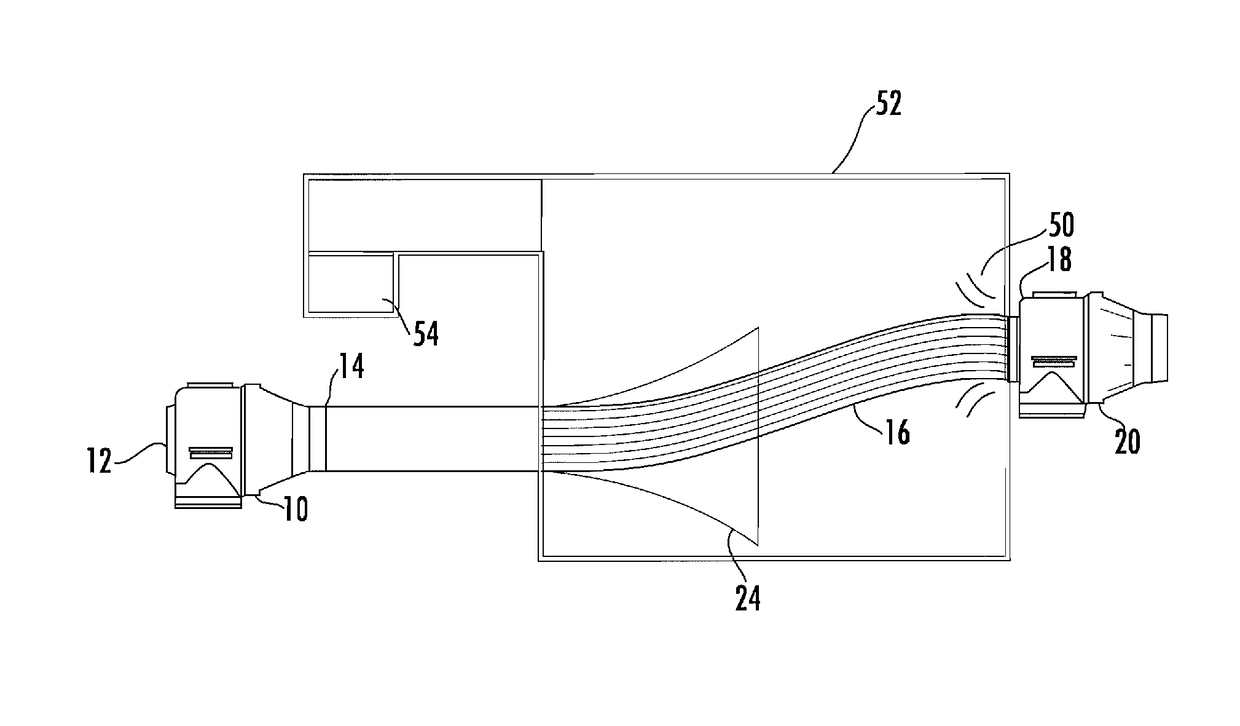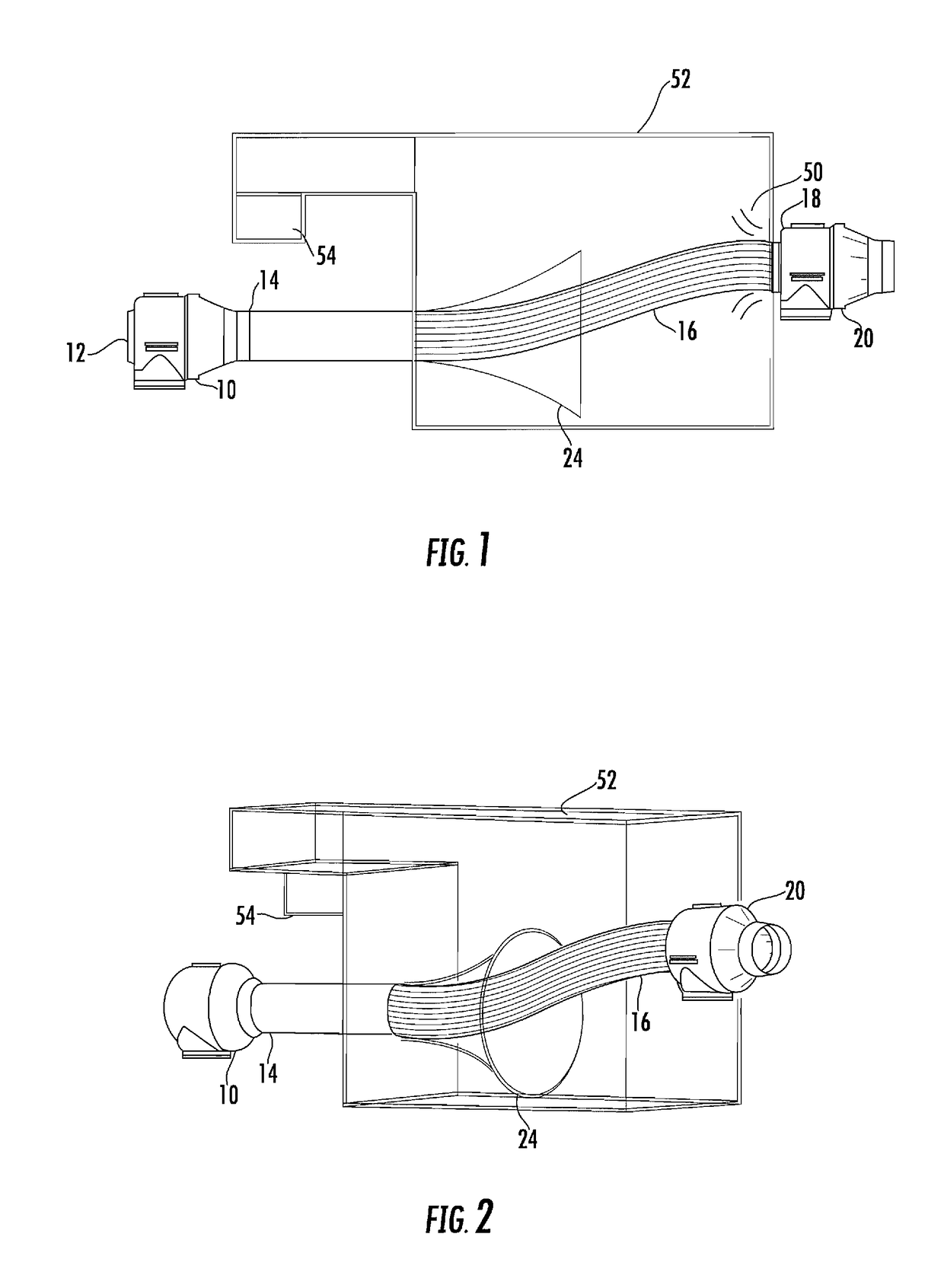Sea lice double fish pump
a pump system and sea lice technology, applied in the field of fish farming industry, can solve the problems of increasing the likelihood of disease, challenging the management of sea lice on salmon, and reducing the market valu
- Summary
- Abstract
- Description
- Claims
- Application Information
AI Technical Summary
Benefits of technology
Problems solved by technology
Method used
Image
Examples
Embodiment Construction
[0017]While the present invention is susceptible of embodiment in various forms, there is shown in the drawings and will hereinafter be described a presently preferred, albeit not limiting, embodiment with the understanding that the present disclosure is to be considered an exemplification of the present invention and is not intended to limit the invention to the specific embodiments illustrated.
[0018]Fish can be transferred or “pumped” live for grading, transporting, inoculation, or any other reason by the use of specialty pumps. These pumps are typically located on boats, barges and docks, wherein large transfer hoses are used to enter into a fish holding pen or cage used to house the fish. The transfer hoses typically employ a formed cone at the suction end of the hose for ease of collecting fish. Nets may also be use to move, lift, and otherwise crowd the fish to assist in drawing the fish into the hose inlet. Fish are transferred through the hose using specialty pumps capable o...
PUM
 Login to View More
Login to View More Abstract
Description
Claims
Application Information
 Login to View More
Login to View More - R&D
- Intellectual Property
- Life Sciences
- Materials
- Tech Scout
- Unparalleled Data Quality
- Higher Quality Content
- 60% Fewer Hallucinations
Browse by: Latest US Patents, China's latest patents, Technical Efficacy Thesaurus, Application Domain, Technology Topic, Popular Technical Reports.
© 2025 PatSnap. All rights reserved.Legal|Privacy policy|Modern Slavery Act Transparency Statement|Sitemap|About US| Contact US: help@patsnap.com


